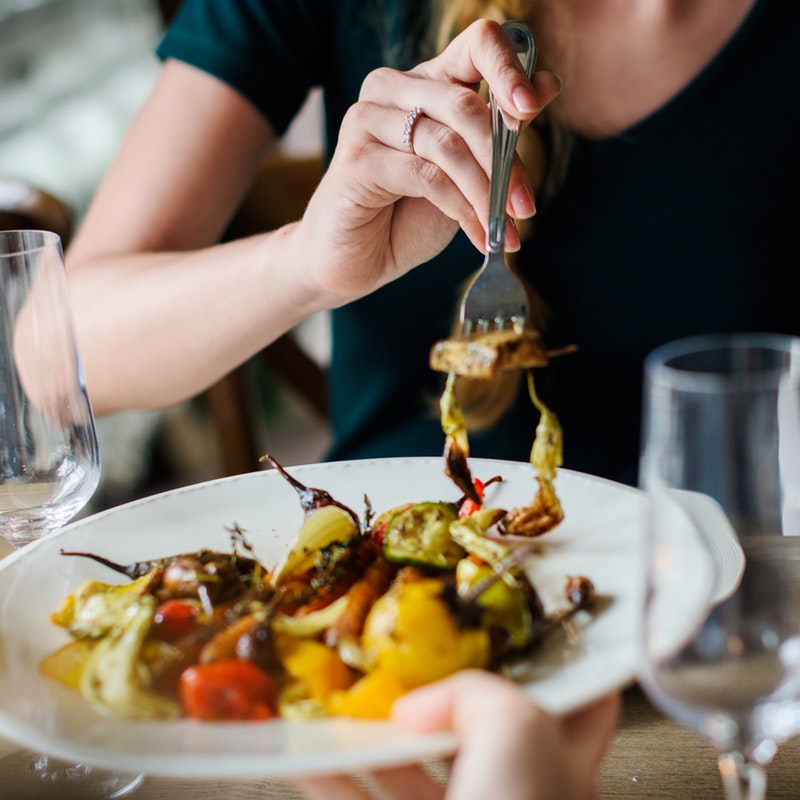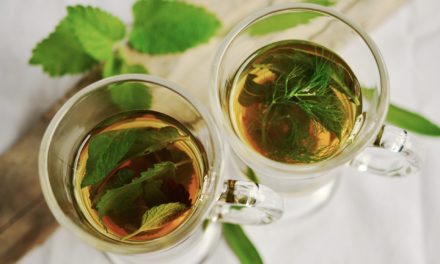About this Recipe
Singing na Baboy is a versatile dish: pork (baboy), beef (baka), fish (isda), chicken (manok) and shrimp (hipon) can all find their way into the pot. I prefer pork and shrimp. Also, most any vegetable can be added to the mix. Water spinach, long beans, eggplant and okra are very common.
Servings
4-6
Prep Time
10 mins
Cook Time:
1 hr, 15 mins
Stove:
Any
Good For:
Lunch/Dinner/Snack
Diffculity
2-5
Calories:
518
Best For:
Lovers of Pork, Beef, Sea Food
Inroduction
SINIGANG NA Baboy
By: Terry Randolph
I love the way Filipinos like a sour punch in their food. Sinigang na Baboy gives just that in a delicious stew flavored with the tang of tamarind. I like the fresh variety made from scratch, not the prepackaged singang soup mix now popular among Filipino cooks.

Ingredients
- 2 1/2 – 3 lbs Pork shoulder, cubed
- 3 or 4 tbsp Tomatoes, seeded and chopped
- 1 or 2 Onions, chopped
- 3 or 4 Cloves Garlic, chopped
- 1 Cup Fish sauce (patis)
- 8 Cups Water
- 1/2 Cup Tamarind paste
- 1 Cup Boiling water
- 3 or 4 Green chile peppers
- 4 Cup Vegetables (see variations)
- To Taste Salt and pepper
Tamarind Paste
Make tamarind paste from scratch. Follow Link.
Prepration
Add the pork, tomatoes, onions, garlic and fish sauce to a large pot. Place the pot over medium-high flame and bring to a boil. Reduce heat to medium and cook for about 10 minutes to reduce the liquid a bit. (You may want to open a window. Fish sauce does have a smell.)
Add the water and bring back to a boil over medium-high heat. Skim off any scum that rises to the surface, and then reduce heat to low, cover and simmer until the pork is tender, an hour to an hour and a half.
Place the tamarind paste into a heat-proof bowl and pour the boiling water over it. Let set for 5 to 10 minutes, then mash the pulp with clean fingers to mix the tamarind and water well. Strain through a sieve and discard the fibers and seeds.
Stir the tamarind water into the simmering pot, cover again and simmer for about 10 minutes.
Add your desired vegetables to the pot and press them down into the simmering liquid. Cover and simmer until the vegetables are cooked through but still firm, another 10 to 20 minutes.
Serve hot in bowls accompanied by steamed rice.
Sinigang Notes and Variations
Vegetables: Prepare the vegetables as you would for any soup or stew by chopping them into bite-sized pieces as needed. Try spinach, water spinach (kankong), mustard greens, green beans (sitaw), broccoli, eggplant, okra, potatoes, daikon, bok choy, cabbage, carrots.
Sinigang broth: You can add extra flavor and body to your broth by simmering some pork belly, pork neck bones or pork ribs along with the cubed pork. The meat for sinigang is traditionally just boiled in the liquid, but you can brown it in oil first if you like.
Alternatives to tamarind to get that sour tang: Tamarind isn’t your only option. Sour flavor can be added with calamansi juice, lime juice, vinegar, or with chunks of green mango, guava or bilimbi (tree cucumber). Use as much as needed to give your sinigang a pleasant tang.
Sinigang na baka (Beef sinigang): Substitute beef stew meat for the pork.
Sinigang na manok (Chicken sinigang): Use chunks of boneless, skinless chicken breast or thigh. Or you can use bone-in chicken pieces too. You will only have to simmer the chicken for 30 to 40 minutes to cook it through before adding the tamarind and vegetables.
Sinigan na isda (Fish sinigang): Milkfish (bangus) is traditional in the Philippines, but you can use any kind of fish you like. Fish steaks hold together well. Or use chunks of fish fillets. For fish sinigang, cook the vegetables in the tamarind broth first, and then add the fish at the end to keep it from overcooking and falling apart.
Sinigang na hipon (Shrimp sinigang): Use head-on, unpeeled shrimp if you can, or peeled and cleaned shrimp if you prefer. Shrimp cooks quickly, so follow the directions for fish sinigang.
Sinigang na miso: Stir a couple tablespoonsful of miso to the simmering broth when you add the vegetables.
NUTRITION
Food provides the energy and nutrients you need to be healthy. Nutrients include proteins, carbohydrates, fats, vitamins and minerals, among others. The percentages place here are only a guide.
Amount Per Cup
Calories: 100
Generally: 7.5 grams of protein, 2.5 grams of fat, and 15 grams of carbohydrates. Beef sinigang, for example, may have around 330 calories per cup, with 24 grams of protein, 19 grams of fat, and 19 grams of carbohydrates. Fish sinigang, on the other hand, can have around 192 calories, 19 grams of protein, 7.7 grams of fat, and 9.6 grams of carbohydrates per cup.

Enjoying good food is one of life’s greatest pleasures. Be careful not to overindulge. Keep healthy!





